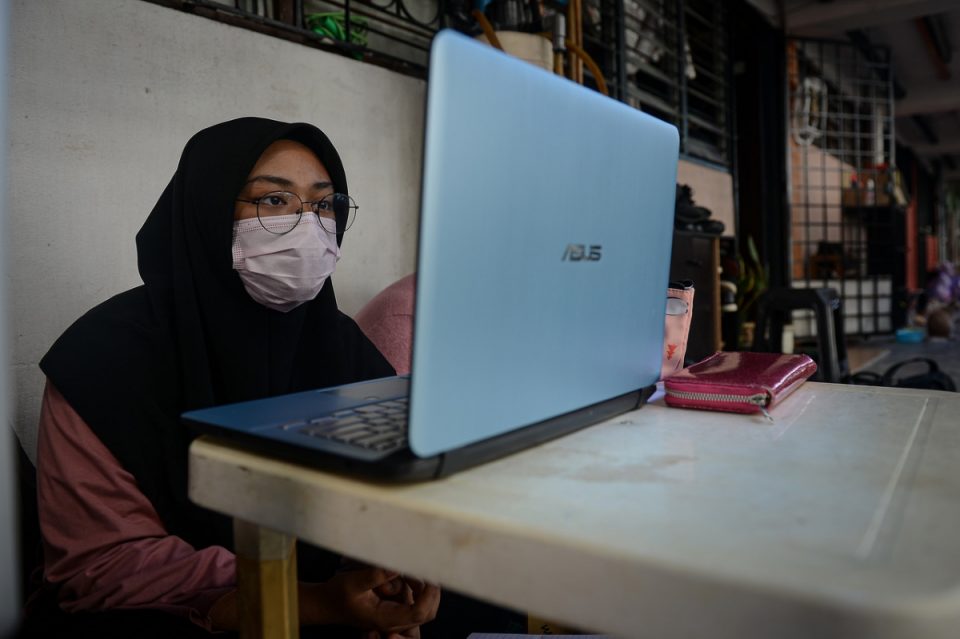KUALA LUMPUR, July 22 — It has been more than a year since home-based teaching and learning (PdPR) was implemented and now the system is becoming more acceptable by all quarters with improvements continuously made to ensure its effectiveness.
Now in its second year of implementation due to the Covid-19 pandemic, more and more people have realised that PdPR is not only done online but also offline, such as by providing modules according to the students’ needs and abilities.
President of the National Union of the Teaching Profession (NUTP), Aminuddin Awang said improvements were always made by teachers based on their experience in implementing PdPR since last year.
“When PdPR 1.0 was first implemented (last year), it was with ‘zero’ experience, even for the teachers as they were not used to it. They (teachers) are trained to teach in a normal atmosphere, that is, in school and in the classroom.
“So it is on their own initiative that they explore and learn more about it (PdPR). Now, in its second year, I think they have the experience to manage it, what more now, with the PdPR now also implemented using learning modules that are distributed to students who will then submit the given assignments according to the given period,” he told Bernama recently.
However, Aminuddin said there were still constraints in the implementation of PdPR using the modules as there were parents who did not collect their children’s assignments from school.
“We have parents who are very cooperative, but there are also some who cannot do it, perhaps because of problems to move around in this worrying Covid-19 situation that they just ignore the modules that the teachers have placed for them to pick up at the guardhouse at the school.
“These are some of the constraints,” he added.
Aminuddin said the impact of PdPR may not be as good as the face-to-face Learning and Teaching (PdP), but expressed his confidence of it giving a more positive effect if the issues on PdPR online and ‘real time’ can be fully addressed.
As such, he hoped the government could provide a special allocation in the next budget for mobile devices such as smartphones and good Internet access.
“The capability and ability to implement and follow PdPR online will be better on the condition that there is the device and Internet access.
“We don’t know if digital education will continue next year, so we hope there is a special budget from the government to provide the necessary assistance to underprivileged students so that they can have at least a smartphone,” he said.
Apart from that, he said, the NUTP also hoped that there would be an initiative for teachers in the form of rebates to enable them to buy laptops as a motivation for them to continue with PdPR since they had been using their own facilities all the while.
On July 17 this year, the Ministry of Education (MOE) announced that the schooling session via PdPR will continue until August 31 this year after taking into account the current Covid-19 situation and following discussions with the Ministry of Health (MOH) and the National Security Council (NSC).
The MOE has also decided that schools will be opened in stages for physical teaching and learning from September 1 after taking into consideration the current vaccination rate in the country.
As of July 16, a total of 253,366 teachers and administrators (61.30 per cent), as well as 10,876 support staff (46.33 per cent) had received at least one dose of the vaccine.
— Bernama





